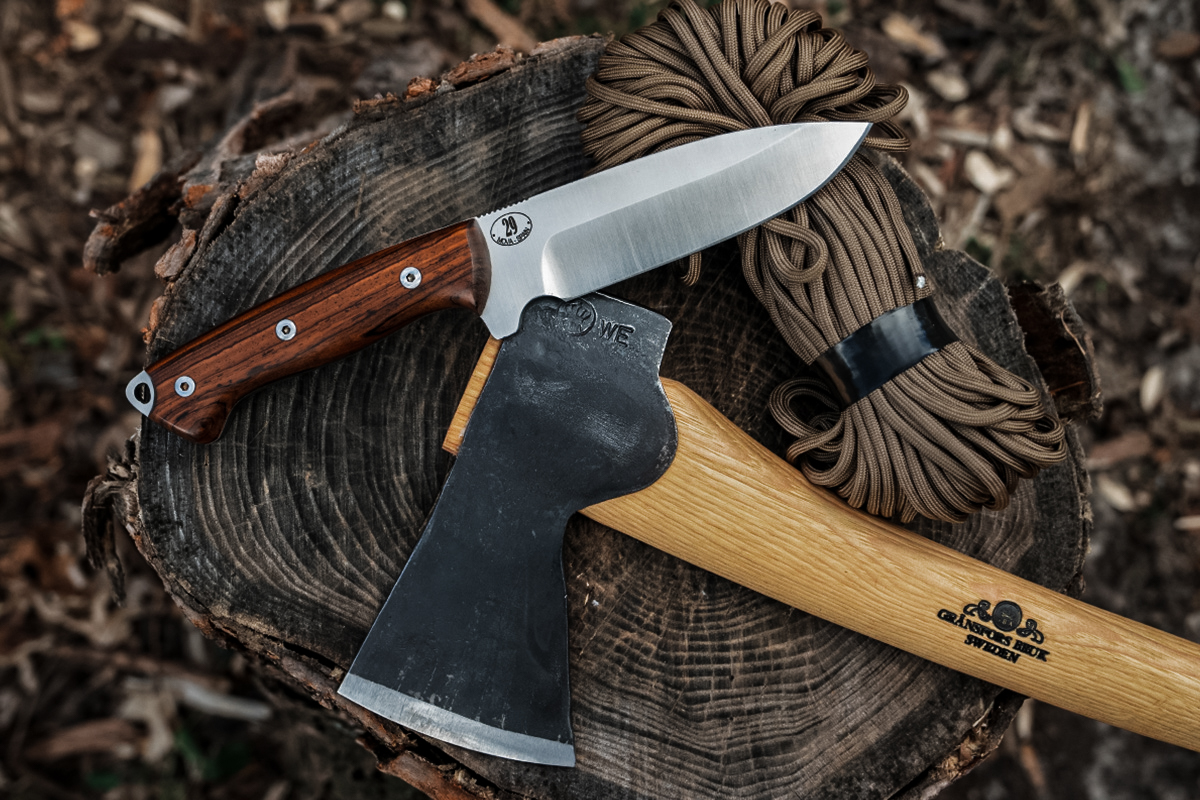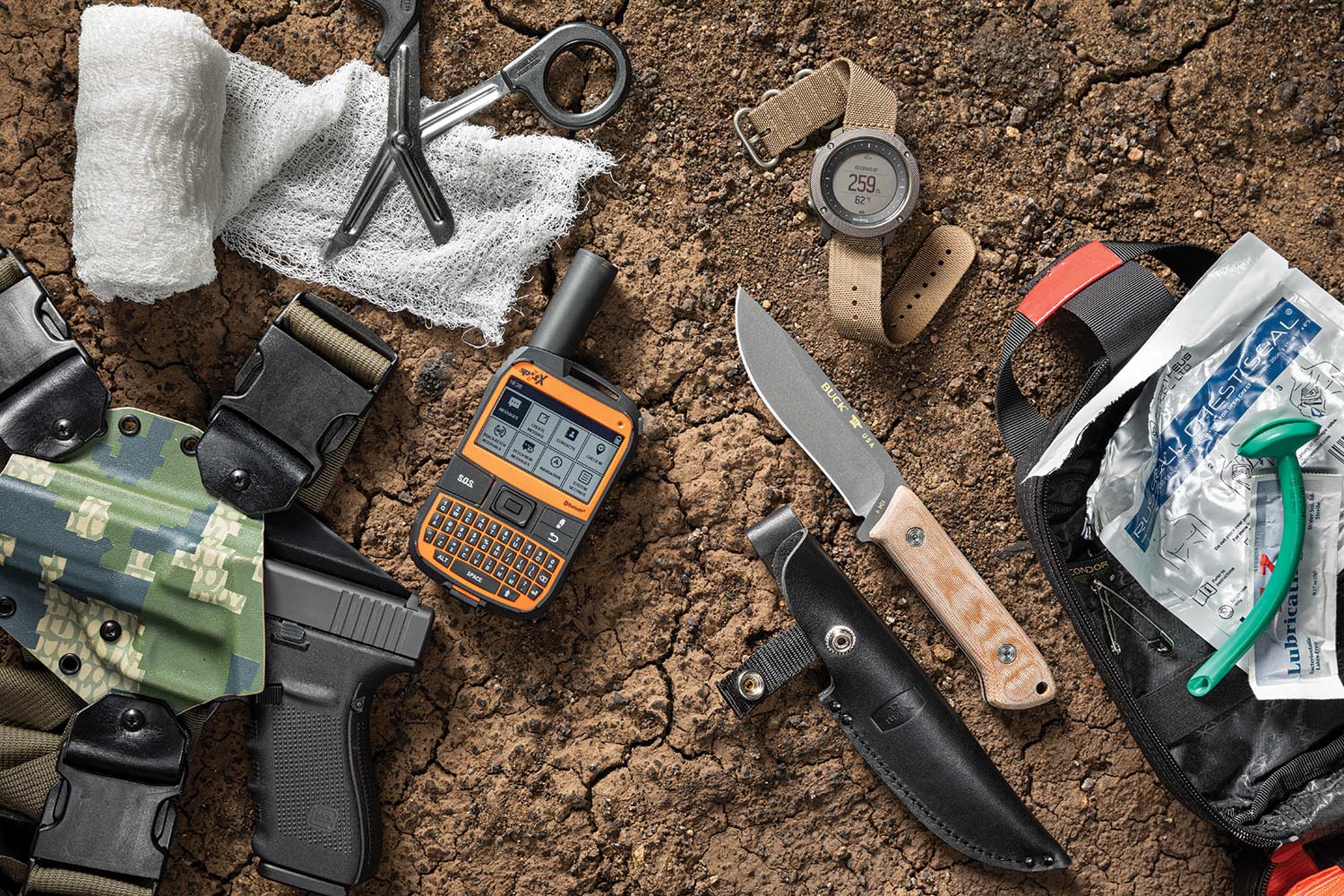Outdoor adventures can be exhilarating and rewarding, but they can also be unpredictable and potentially dangerous. Whether you are going on a hiking trip, camping in the wilderness, or embarking on a backpacking adventure, it is crucial to be prepared for any situation that may arise. One of the most important aspects of being prepared is having a well-equipped survival kit checklist.
The unpredictability of outdoor adventures is what makes them so exciting, but it also means that you need to be prepared for anything. Weather conditions can change rapidly, accidents can happen, and getting lost is always a possibility. Having a survival kit checklist ensures that you have all the necessary items to help you survive and stay safe in any situation.
Key Takeaways
Being prepared for any adventure is crucial for your safety and survival.
Essential items for your survival kit include navigation tools, shelter and sleeping gear, water and food supplies, first aid and medical supplies, fire starting tools, communication devices, and personal protection.
Navigation tools such as maps, compasses, and GPS devices are important for finding your way and avoiding getting lost.
Shelter and sleeping gear like tents, sleeping bags, and tarps provide protection from the elements and help you stay warm and dry.
Water and food supplies, including filters, purifiers, and rations, are necessary for staying hydrated and nourished during your adventure.
Essential Items for Your Survival Kit Checklist
When creating your survival gear checklist, there are some basic items that should always be included. These items include a first aid kit, a knife or multi-tool, a fire starter, a compass or GPS device, water purification methods, food rations, shelter and sleeping gear, and communication devices. However, it is also important to consider the specific environment and weather conditions of your adventure.
For example, if you are going on a winter camping trip, you will need to include extra warm clothing, insulated sleeping bags, and snowshoes or crampons for traction on icy terrain. If you are going on a desert hike, you will need to include sun protection such as hats and sunscreen, as well as extra water supplies. By considering the environment and weather conditions, you can ensure that your survival kit checklist is tailored to your specific adventure.

Navigation Tools: Maps, Compasses, and GPS Devices
Knowing your location and direction is crucial when exploring the outdoors. Getting lost can be dangerous and potentially life-threatening. That's why navigation tools such as maps, compasses, and GPS devices are essential items to include in your survival kit checklist.
Maps provide a visual representation of the area you are exploring and can help you plan your route. Compasses are reliable tools that can help you determine your direction even when GPS devices fail or run out of battery. GPS devices, on the other hand, use satellite technology to pinpoint your exact location and provide detailed maps and directions.
Each navigation tool has its advantages and disadvantages. Maps are lightweight and do not require batteries, but they can be difficult to read and navigate with. Compasses are reliable and do not rely on technology, but they require some knowledge and skill to use effectively. GPS devices are accurate and provide detailed information, but they rely on battery power and can be affected by weather conditions or satellite availability.
Shelter and Sleeping Gear: Tents, Sleeping Bags, and Tarps
| |||
|---|---|---|---|
Product | Weight (lbs) | Capacity | Price |
Tent A | 4.5 | 2-person | 150 |
Tent B | 6.2 | 4-person | 250 |
Sleeping Bag A | 2.8 | Regular | 80 |
Sleeping Bag B | 3.5 | Long | 120 |
Tarp A | 1.2 | 10' x 12' | 40 |
Tarp B | 2.5 | 12' x 16' | 70 |
Having a shelter is crucial for protecting yourself from the elements during an outdoor adventure. Whether it's rain, wind, snow, or extreme temperatures, having a shelter can mean the difference between comfort and discomfort, or even life and death. Tents, sleeping bags, and tarps are essential items to include in your survival kit checklist.
Tents provide a secure and waterproof shelter that can protect you from rain, wind, insects, and wildlife. They come in various sizes and designs to accommodate different numbers of people and different weather conditions. Sleeping bags provide insulation and warmth during cold nights, while tarps can be used as additional protection from rain or as makeshift shelters.
When choosing shelter and sleeping gear for your survival kit checklist, it is important to consider the specific conditions of your adventure. If you are going on a backpacking trip where weight is a concern, you may opt for lightweight tents and sleeping bags. If you are camping in extreme cold temperatures, you may need a four-season tent and a sleeping bag with a lower temperature rating.
Water and Food Supplies: Filters, Purifiers, and Rations
Staying hydrated and nourished is essential for your survival during outdoor adventures. Dehydration and malnutrition can lead to fatigue, weakness, and impaired decision-making abilities. That's why including water and food supplies in your survival kit checklist is crucial.
Water filters and purifiers are essential for ensuring that the water you consume is safe and free from harmful bacteria, viruses, and parasites. There are various methods of water purification available, including water filters, chemical treatments, and UV sterilizers. It is important to choose a method that suits your needs and the specific conditions of your adventure.
Food rations are also important to include in your survival kit checklist. These can be in the form of energy bars, freeze-dried meals, or other lightweight and non-perishable food items. It is important to choose food that is high in calories and nutrients to sustain your energy levels during your adventure.

First Aid and Medical Supplies: Bandages, Medications, and Emergency Kits
Injuries and illnesses can happen at any time during an outdoor adventure. Having a well-stocked first aid kit is essential for treating minor injuries and providing initial care until professional medical help can be obtained. Bandages, antiseptic wipes, adhesive tape, pain relievers, and medications for common ailments such as allergies or stomach issues should be included in your survival kit checklist.
In addition to basic first aid supplies, it is also important to include any necessary medications or medical equipment specific to your needs or pre-existing conditions. If you have allergies or require daily medication, make sure to include these items in your survival kit checklist.
Emergency kits are also important to include in your survival kit checklist. These kits may include items such as a whistle for signaling for help, a flashlight or headlamp for illumination during emergencies, a space blanket for warmth, and a multi-tool for various purposes.
Fire Starting Tools: Matches, Lighters, and Fire Starters
Fire is not only essential for warmth during cold nights but also for cooking food and signaling for help in case of an emergency. That's why including fire starting tools in your survival kit checklist is crucial.
Matches and lighters are common fire starting tools that are easy to use and reliable. However, they can be affected by moisture or run out of fuel. It is important to keep them in waterproof containers and have backups in case of failure.
Fire starters such as fire steel or magnesium rods are also popular options. These tools produce sparks that can ignite tinder, such as dry leaves or cotton balls soaked in petroleum jelly. They are lightweight, durable, and do not rely on fuel or batteries.
Communication Devices: Radios, Whistles, and Signal Mirrors
Being able to communicate with others in case of an emergency is crucial during outdoor adventures. Including communication devices in your survival kit checklist can help you stay connected and call for help if needed.
Radios are useful for receiving weather updates, emergency broadcasts, and communicating with others in your group or with rescue teams. There are various types of radios available, including handheld radios, satellite phones, and personal locator beacons (PLBs).
Whistles are simple yet effective communication devices that can be heard over long distances. They can be used to signal for help or to communicate with others in your group.
Signal mirrors are reflective devices that can be used to attract attention from rescuers or passing aircraft. They work by reflecting sunlight towards the intended target.
Personal Protection: Knives, Multi-Tools, and Pepper Spray
Protecting yourself from wildlife and other dangers is important during outdoor adventures. Including personal protection tools in your survival kit checklist can help ensure your safety.
Knives or multi-tools are versatile tools that can be used for various purposes such as cutting rope, preparing food, or building shelter. They are essential for survival and should be included in your survival kit checklist.
Pepper spray is a non-lethal self-defense tool that can be used to deter aggressive animals or potential attackers. It is important to familiarize yourself with the proper use of pepper spray and to check local regulations regarding its use.

Reviewing Your Survival Kit Checklist and Preparing for Your Next Adventure
In conclusion, being prepared for any adventure is crucial for your safety and well-being. Having a well-equipped survival kit checklist ensures that you have all the necessary items to survive and stay safe in any situation.
It is important to review and update your survival kit checklist regularly to ensure that it is tailored to your specific adventure and the conditions you may encounter. Consider the environment, weather conditions, and the activities you will be engaging in when choosing items for your survival kit checklist.
By being prepared and having a well-equipped survival kit checklist, you can embark on your next adventure with confidence, knowing that you have the tools and resources to handle any situation that may arise. So, before you head out into the great outdoors, take the time to review your survival kit checklist and make sure you are fully prepared for whatever comes your way.
If you're planning a camping trip or an outdoor adventure, having a survival kit checklist is essential. It ensures that you have all the necessary items to stay safe and prepared in case of emergencies. One article that provides a comprehensive guide on creating a survival kit checklist is "The Ultimate Survival Kit Checklist: 10 Essential Items You Need" by Array. This article covers everything from shelter and fire-making tools to first aid supplies and navigation equipment. It's a must-read for anyone looking to be well-equipped for any outdoor situation.

FAQs
What is a survival kit checklist?
A survival kit checklist is a list of essential items that one should have in their survival kit in case of an emergency or disaster.
Why is a survival kit checklist important?
A survival kit checklist is important because it helps ensure that you have all the necessary items to survive in case of an emergency or disaster.
What items should be included in a survival kit checklist?
Some essential items that should be included in a survival kit checklist are water, food, first aid kit, flashlight, batteries, radio, multi-purpose tool, and a map.
How often should a survival kit checklist be updated?
A survival kit checklist should be updated at least once a year or whenever there is a change in your family's needs or circumstances.
Where can I find a survival kit checklist?
You can find a survival kit checklist online or in survival guides and books. You can also create your own checklist based on your specific needs and circumstances.
What should I consider when creating a survival kit checklist?
When creating a survival kit checklist, you should consider the number of people in your family, the climate and environment you live in, any medical conditions or special needs, and the types of emergencies or disasters that are most likely to occur in your area.
